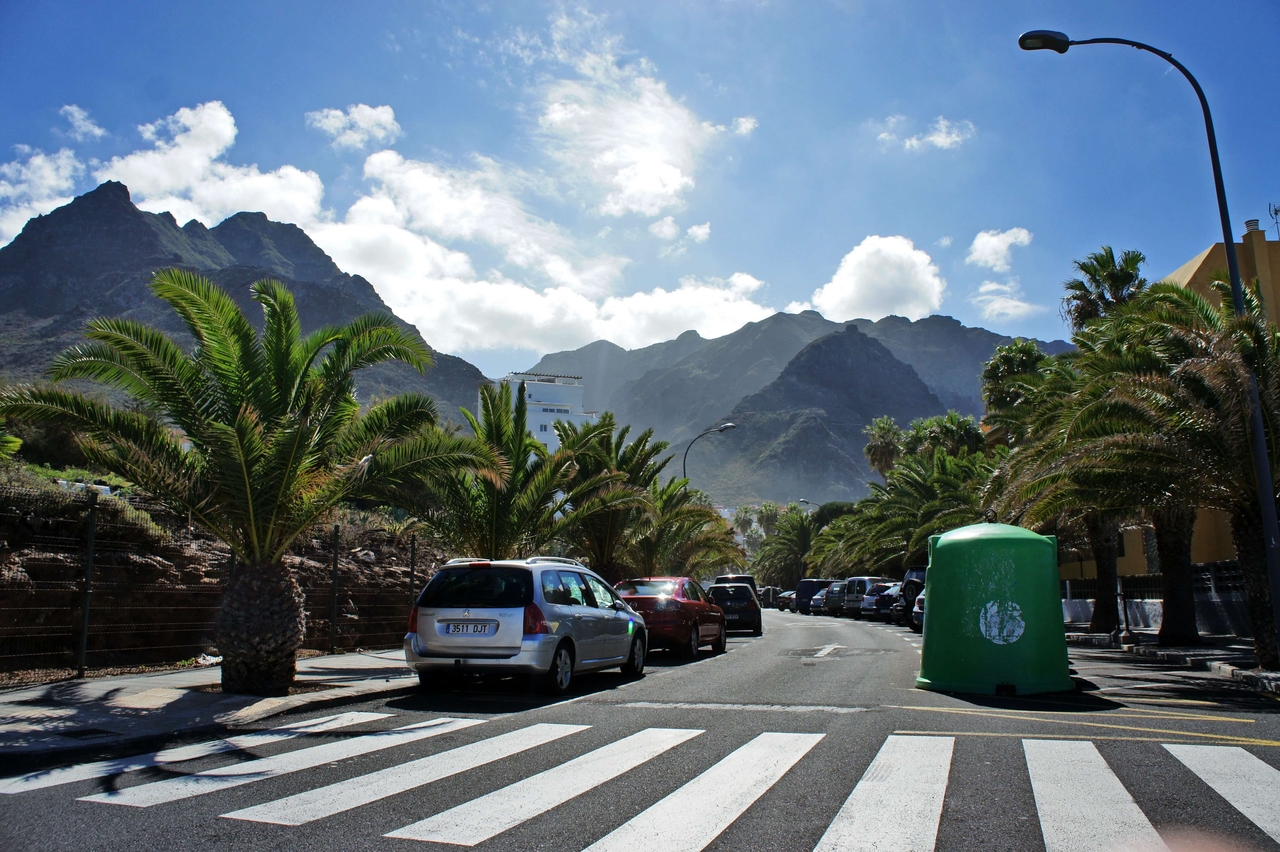Trip Author
Judita Hedervariova
Sun-kissed Canary Islands
<div>The Canary Islands are a beautiful archipelago in the Atlantic Ocean that stands as evidence to the brilliance of both nature and humankind. This Spanish autonomous community off Africa's northwest coast is a year-round paradise thanks to its beautiful scenery, thriving culture, and comfortable subtropical temperature.</div><div><br></div>
Canary Islands
The Canary Islands are a beautiful archipelago in northwest Africa that consist of 8 main islands; Tenerife, Gran Canaria, Lanzarote, Fuerteventura, La Palma, La Gomera, El Hierro and La Graciosa. For their diversified landscapes, mild climate, and rich cultural legacy, the Canary Islands are a popular tourist destination.
The Canary Islands' cultural diversity is remarkable. Guanches, the Canary Islands' indigenous inhabitants, lived there before European contact. They had a distinct language, culture, and lifestyle. Traditional music, dance, and festivals in the Canary Islands reflect this varied background. History and culture enthusiasts can explore the islands' unique past through museums, historical sites, and local traditions.

Tenerife
Tenerife, the largest Canary Island, is known for its breathtaking scenery and Mount Teide, Spain's highest peak. Its beaches range from golden in the south to volcanic black in the north. Tenerife's year-round mild temperature and . Its heritage of culture, year-round mild climate, recreational sports, and whale and bird watching draw tourists and makes Tenerife the most visited Canary Island.
Gran Canaria
Gran Canaria is a stunning destination that offers distinct scenery. Its natural splendour includes golden beaches, majestic cliffs, lush forests, and desert dunes. The island's colourful culture, picturesque towns, and lively nightlife attract travellers seeking relaxation and adventure.
One of the most interesting and unique features of Gran Canaria is its incredible diversity of microclimates and ecosystems, all packed into a relatively small island. This diversity has earned Gran Canaria the nickname "Miniature Continent."
Lanzarote
Lanzarote, one of the eight main Canary islands, is unique and beautiful. The island provides a unique blend of nature, culture, and adventure with its exotic volcanic vistas. Lanzarote's impressive lava landscapes, gorgeous beaches, and artistic past combine to provide a unique vacation experience.
Lanzarote stands out as a beacon of sustainable tourism. In a world where the delicate balance between environmental conservation and tourism development is often precarious, Lanzarote has managed to strike an inspiring equilibrium.
This captivating island, with its otherworldly landscapes sculpted by ancient volcanic eruptions, offers travelers not just a unique destination but a profound lesson in harmonizing human creativity with the preservation of nature.
Fuerteventura
Fuerteventura, one of the Canary Islands' treasures, with limitless sunshine, beautiful sand dunes, and the Atlantic Ocean's relaxing cadence. The "Island of Eternal Spring," with its natural beauty, outdoor adventure, and laid-back vibe, attracts tourists. With over 3,000 hours of sunshine a year, Fuerteventura's sceneries range from rough volcanic highlands to endless beaches.
La Palma
La Palma is a stunning natural and heavenly wonder. As "La Isla Bonita" (The Beautiful Island), this enchanting resort weaves a patchwork of mountainous landscapes, lush woods, and stunning volcanic views. La Palma is a geological wonder and stargazer's paradise with a volcanic history. An island that inspires exploration and amazement lies beneath ancient trees and clear night skies.
La Gomera
La Gomera, a Canary Island mystery, blends ancient customs with pure nature. The "Whistling Island," its language, Silbo Gomero, is a UNESCO Intangible Cultural Heritage, symbolising the island's rich traditions. This language is Beyond its linguistic delights, La Gomera is a geological marvel that hides prehistoric mysteries and allows travellers to experience a time-stopping universe.
El Hierro
For its ecological inventiveness and unspoiled landscape, El Hierro is renowned as the "Meridian Island" and was once thought the end of the world. Today, its stunning marine reserves and pioneering renewable energy commitment demonstrate the perfect coexistence of nature and sustainable living.
El Hierro avoids mass tourism to preserve its culture and natural beauty. A quieter, more authentic atmosphere attracts travellers who seek this kind on tranquility.
La Graciosa
La Graciosa is the only populated Canary Island without paved roads. The 28km² island is a tranquil, car-free paradise since it uses sandy footpaths and walks for mobility. Only few cars are allowed to be on the island, mostly taxis. Visitors and residents stroll or bike, contributing to the island's peaceful, eco-friendly culture.
La Graciosa became an official 8th Canary Island in 2018, until then the island had a status of islet- administratively dependant on the island Lanzarote. It has only around 750 inhabitants.



